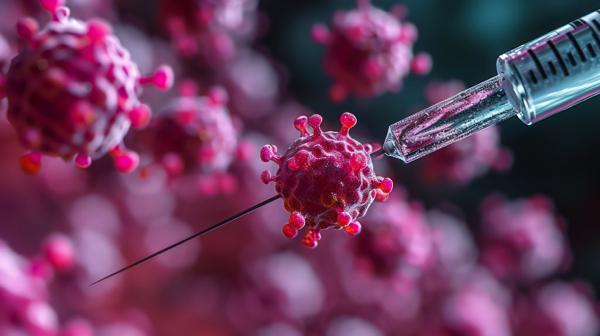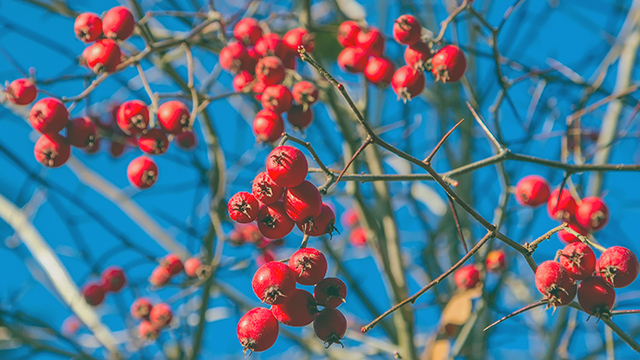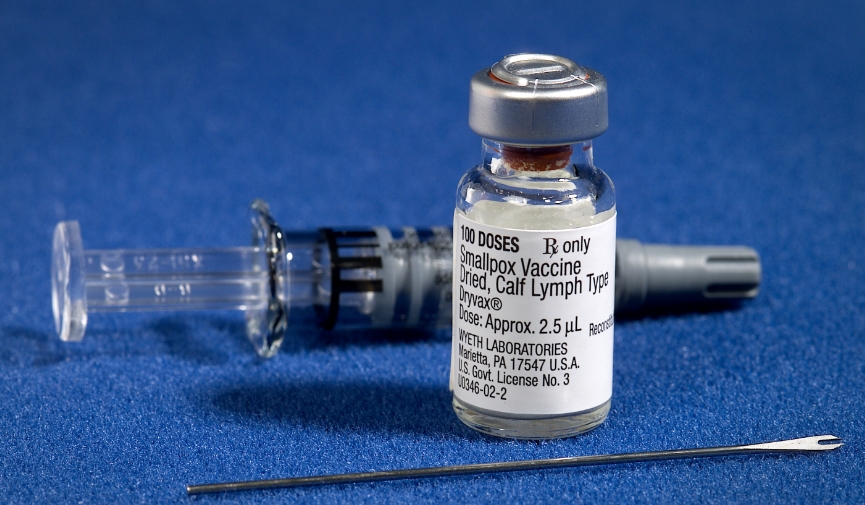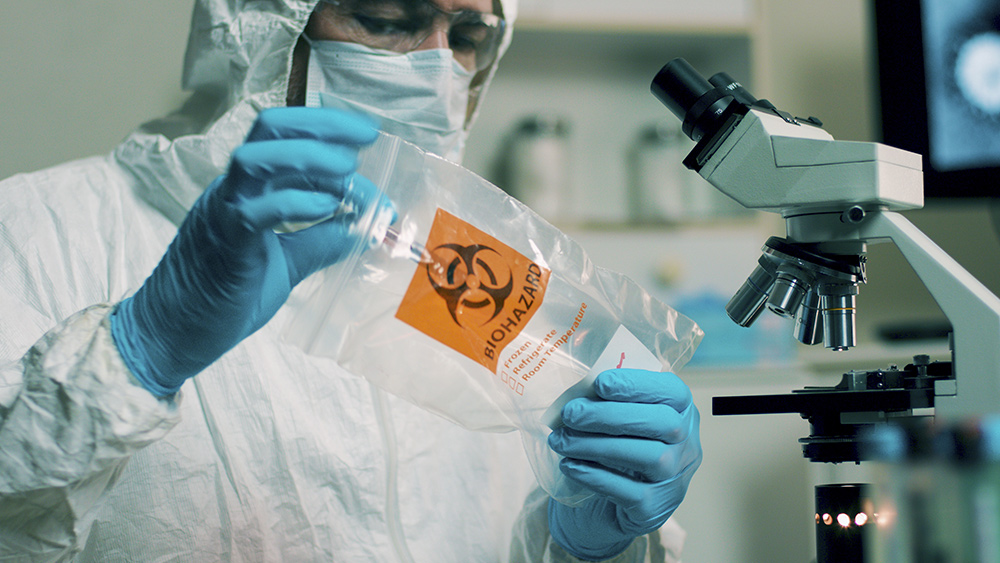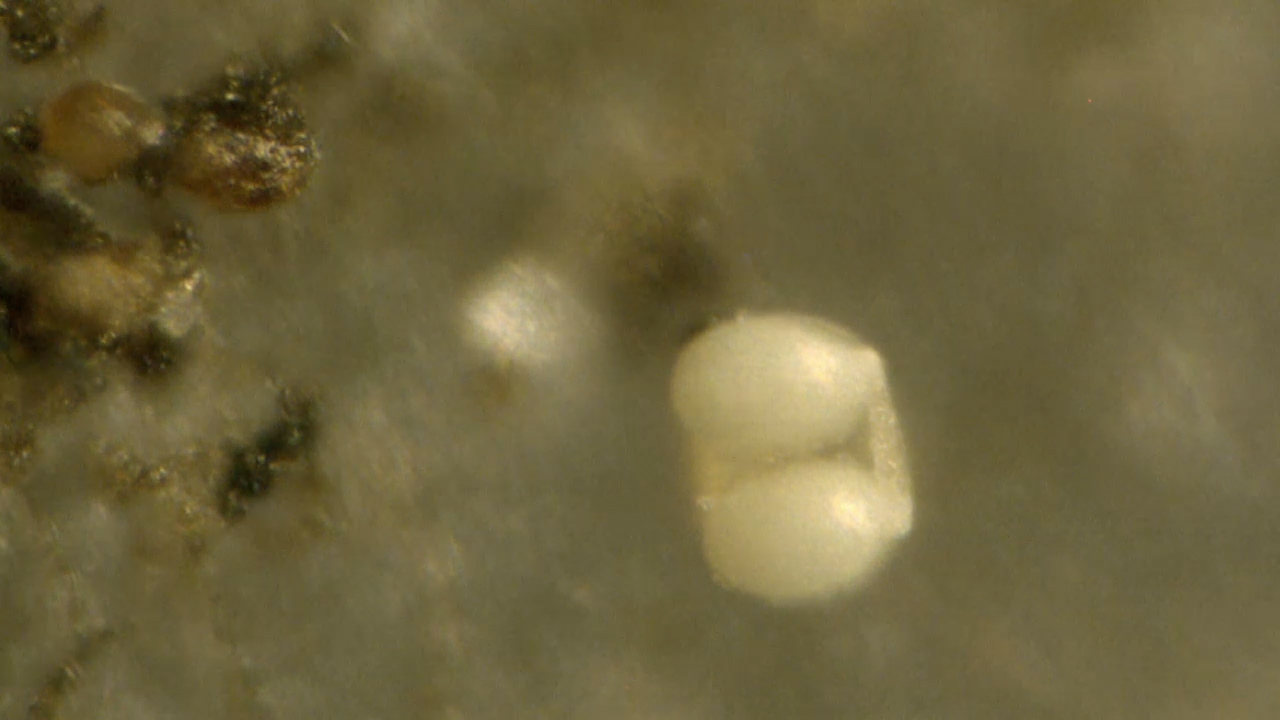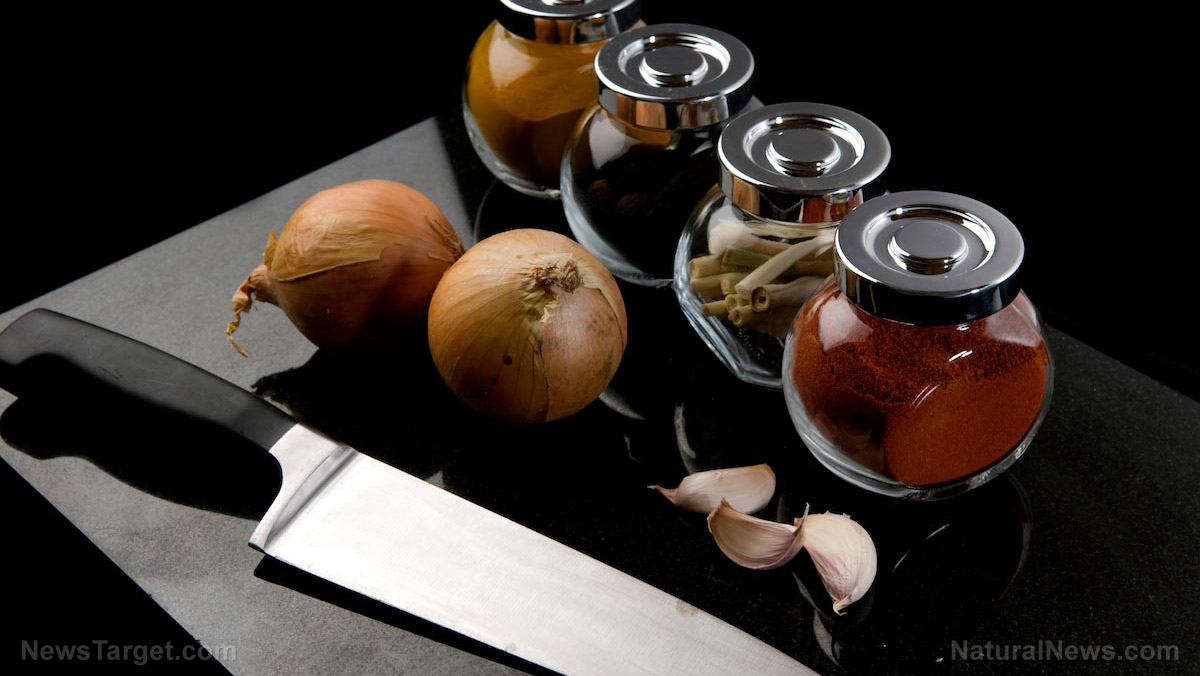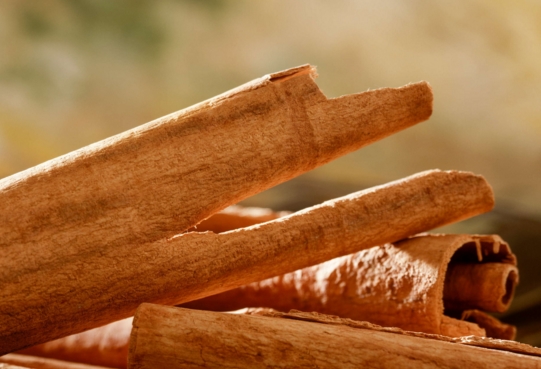Ginkgo biloba: The ancient tree of wellness and vitality
04/01/2025 / By Ava Grace
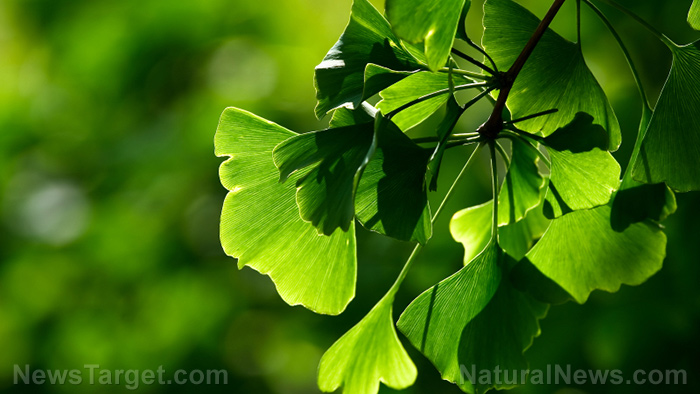
- Ginkgo biloba, a living fossil native to East Asia, has survived for over 200 million years. Cultivated for centuries in China, it spread globally as both a medicinal and ornamental tree, valued for its resilience and unique fan-shaped leaves.
- Rich in flavonoids, terpenoids, and ginkgolides, ginkgo biloba offers antioxidant, anti-inflammatory, and neuroprotective benefits. It is widely used to enhance cognitive function, improve cardiovascular health and alleviate symptoms of anxiety, depression and chronic fatigue.
- Traditionally used in Chinese medicine to treat respiratory and digestive ailments, ginkgo leaf extracts are used today to support brain and skin health and make dietary supplements. The seeds, when cooked, are also consumed for their health benefits.
- Ginkgo biloba holds cultural significance in East Asia, symbolizing longevity, wisdom and resilience. Its vibrant golden leaves in autumn and unique shape make it a popular ornamental tree.
- Beyond supplements, ginkgo biloba can be incorporated into teas, broths and smoothies, offering a natural, holistic approach to wellness. Its bitter, nutty flavor adds a unique twist to culinary creations.
Ginkgo biloba, often referred to simply as ginkgo or the maidenhair tree, is a living fossil that has captivated humanity for millennia. This unique species of gymnosperm tree, native to East Asia, is not only a botanical marvel but also a powerhouse of health benefits.
Revered for its resilience and longevity, the ginkgo tree has survived for over 200 million years, earning it the nickname “the tree that time forgot.” Today, ginkgo biloba is celebrated not only for its historical significance but also for its remarkable medicinal properties, which have been harnessed in traditional and modern medicine alike.
History of ginkgo biloba
The ginkgo biloba tree is one of the oldest living tree species on Earth, with fossil records dating back to the Permian period, approximately 270 million years ago. Native to China, the tree was first cultivated for its medicinal properties over 1,000 years ago. It was later introduced to Japan and Korea, where it became a staple in traditional medicine.
By the 18th century, ginkgo had made its way to Europe and North America, where it was primarily grown as an ornamental tree due to its striking fan-shaped leaves, which turn a vibrant golden yellow in the fall. The leaves are typically two to three inches wide and have a distinct, slightly wavy edge. (Related: Ginkgo biloba leaf can help dissolve micro clots, potentially undoing some damage caused by COVID-19 vaccines, reveals new published science.)
Ginkgo biloba holds a special place in many cultures. In Japan, the tree is often planted near temples and shrines, symbolizing longevity and hope. One famous ginkgo tree in Tokyo, known as the “H?ry?-ji Ginkgo,” is said to have survived the atomic bombing of Hiroshima — a testament to the tree’s resilience.
In China, ginkgo biloba is associated with wisdom and enlightenment. Legend has it that the philosopher Confucius would meditate under a ginkgo tree, drawing inspiration from its ancient wisdom.
Ginkgo biloba thrives in temperate climates and is commonly found in urban environments due to its remarkable resistance to pollution and disease. Today, it is cultivated worldwide, with China remaining the largest producer of ginkgo leaves and seeds for medicinal use.
Phytonutrients and health benefits
Ginkgo biloba is rich in bioactive compounds, including flavonoids, terpenoids and ginkgolides, which contribute to its therapeutic properties. Flavonoids like quercetin and kaempferol are potent antioxidants that protect cells from oxidative stress and inflammation. Terpenoids, including ginkgolides and bilobalide, are known for their anti-inflammatory and neuroprotective effects. These phytonutrients work synergistically to support cognitive function, cardiovascular health and overall well-being.
Ginkgo biloba has been extensively studied for its potential to prevent and alleviate a wide range of health conditions. Its most well-known benefit is its ability to enhance cognitive function. Research suggests that ginkgo biloba can improve memory, concentration and mental clarity by increasing blood flow to the brain and protecting neurons from damage. This makes it a popular natural remedy for age-related cognitive decline, Alzheimer’s disease and dementia.
In addition to its cognitive benefits, ginkgo biloba is also used to support cardiovascular health. Its vasodilatory properties help improve circulation, reduce blood pressure and prevent blood clots. This makes ginkgo a valuable ally in managing conditions such as peripheral artery disease and Raynaud’s syndrome.
Ginkgo biloba’s anti-inflammatory and antioxidant properties also make it effective in alleviating symptoms of anxiety, depression and chronic fatigue. Some studies suggest that it may even help improve vision and hearing by enhancing blood flow to the eyes and ears.
In Traditional Chinese Medicine, ginkgo biloba is used to treat respiratory ailments, such as asthma and bronchitis, and digestive disorders. The seeds, known as bai guo, are often roasted and consumed as a remedy for coughs and urinary incontinence. Modern herbal medicine primarily uses ginkgo leaves, which are processed into extracts, capsules and teas.
Ginkgo biloba is commonly consumed as a dietary supplement to support brain health and overall vitality. It is also used in skincare products for its antioxidant and anti-aging properties. Some people even incorporate ginkgo leaves into their cooking, using them to infuse broths or teas.
Culinary uses and recipes
The taste of ginkgo biloba is often described as mildly bitter and slightly nutty, with a subtle earthy undertone. While the seeds are edible, they must be cooked or roasted to neutralize potentially toxic compounds. The leaves, on the other hand, are generally consumed in extract or tea form, as their raw form can be unpalatable.
While ginkgo biloba is most commonly consumed as a supplement, it can also be incorporated into culinary creations. Here are a few recipe ideas to inspire your next wellness-focused meal:
- Ginkgo biloba tea infusion – Steep dried ginkgo leaves in hot water for a soothing and antioxidant-rich tea.
- Roasted ginkgo nuts – Roast ginkgo seeds with a sprinkle of sea salt for a crunchy and nutritious snack.
- Ginkgo and mushroom risotto – Add roasted ginkgo nuts to a creamy mushroom risotto for a unique twist on a classic dish.
- Ginkgo-infused broth – Simmer ginkgo leaves in vegetable or chicken broth to create a flavorful base for soups and stews.
- Ginkgo and berry smoothie – Blend ginkgo leaf extract with mixed berries, spinach and almond milk for a brain-boosting breakfast.
Ginkgo biloba is more than just a tree; it is a symbol of resilience, longevity and healing. From its ancient origins to its modern-day applications, this remarkable plant continues to inspire and nourish. Whether consumed as a supplement, brewed into an herbal tea or incorporated into meals, ginkgo biloba offers a natural and holistic approach to wellness.
This story is not medical advice and is not intended to treat or cure any disease. Always consult with a qualified naturopathic physician for personalized advice about your specific health situation or concern.
Visit NaturalNews.com, a great article source where you can learn about superfoods and their health benefits.
You can also try Brighteon.ai, an AI model created by Mike Adams, also known as the Health Ranger. This model is available as a free download to be run locally and is designed to help share and decentralize knowledge. By doing so, it aims to bypass censorship and empower people with knowledge.
If you’re looking for an uncensored video free speech website where you can openly discuss nutrition, natural medicine, ingredients and more, check out Brighteon.com and our two free speech social media sites, Brighteon.IO and Brighteon.social.
Watch this video to learn more about the benefits of ginkgo biloba.
This video is from the Holistic Herbalist channel on Brighteon.com.
More related stories:
Ginkgo biloba, dubbed the “living fossil,” is nature’s ultimate brain booster.
Ginkgo biloba shows potential value in the treatment of over 100 diseases.
Ginkgo biloba, resveratrol, and cacao beans scientifically proven to combat cognitive decline.
Bioactive compounds in GINKGO BILOBA found to improve cognitive recovery after stroke.
Ginkgo biloba promotes better blood flow and a healthy brain.
Sources include:
Submit a correction >>
Tagged Under:
alternative medicine, brain health boost, Chinese medicine, cognitive health, ginkgo biloba, health science, herbal medicine, Herbs, natural cures, natural health, natural medicine, Naturopathy, organics, phytonutrients, plant medicine, remedies, supplements
This article may contain statements that reflect the opinion of the author


